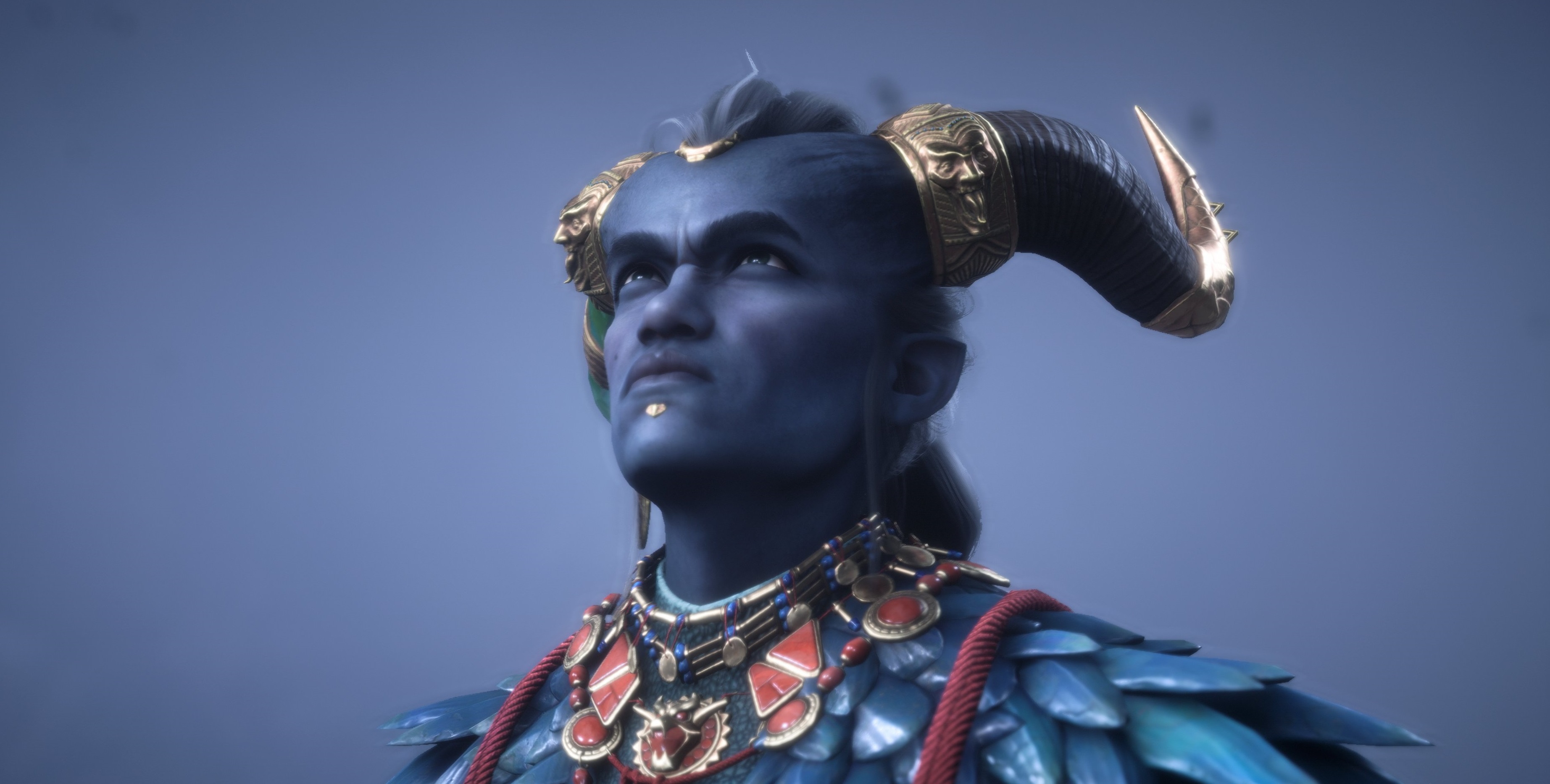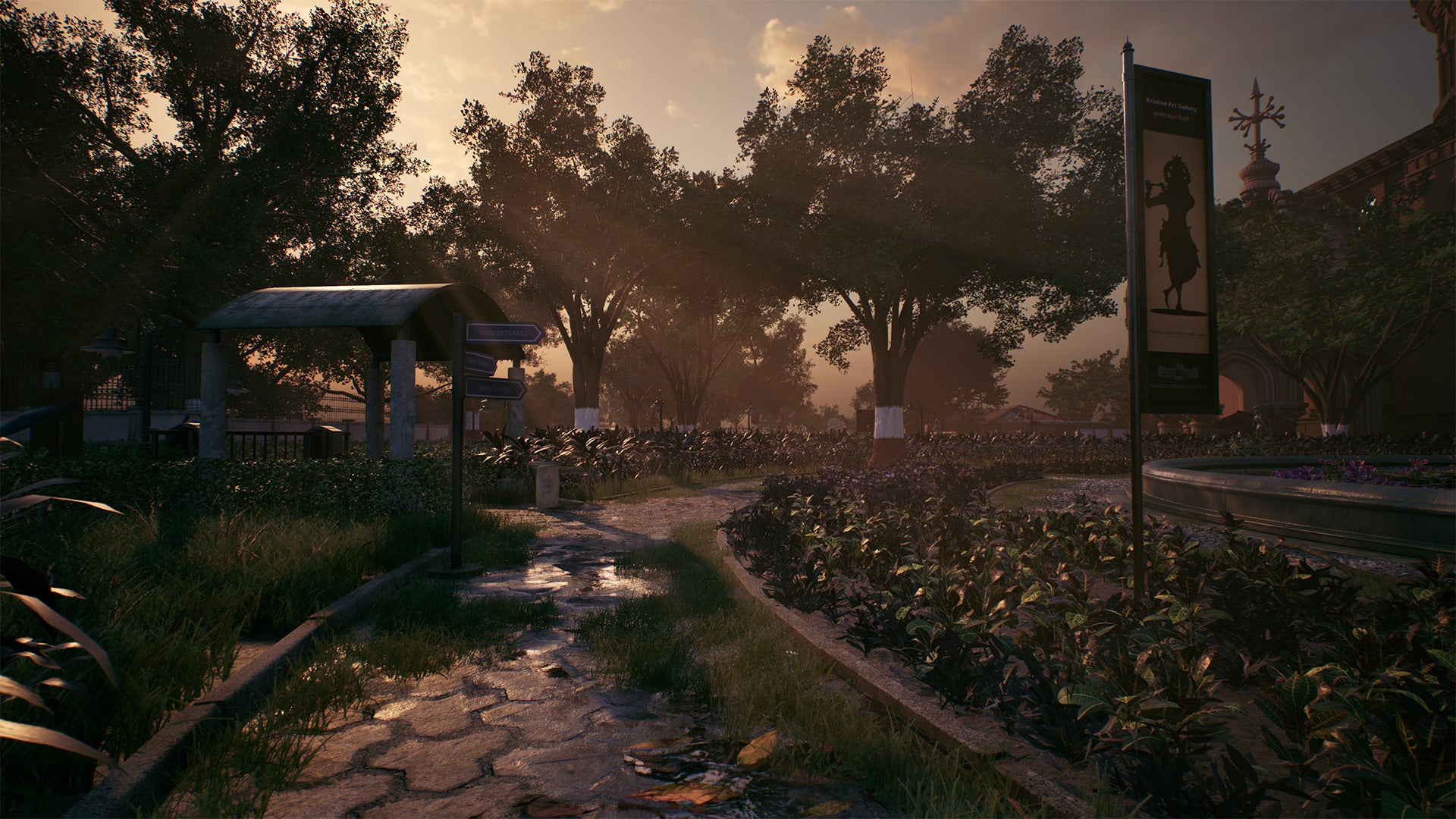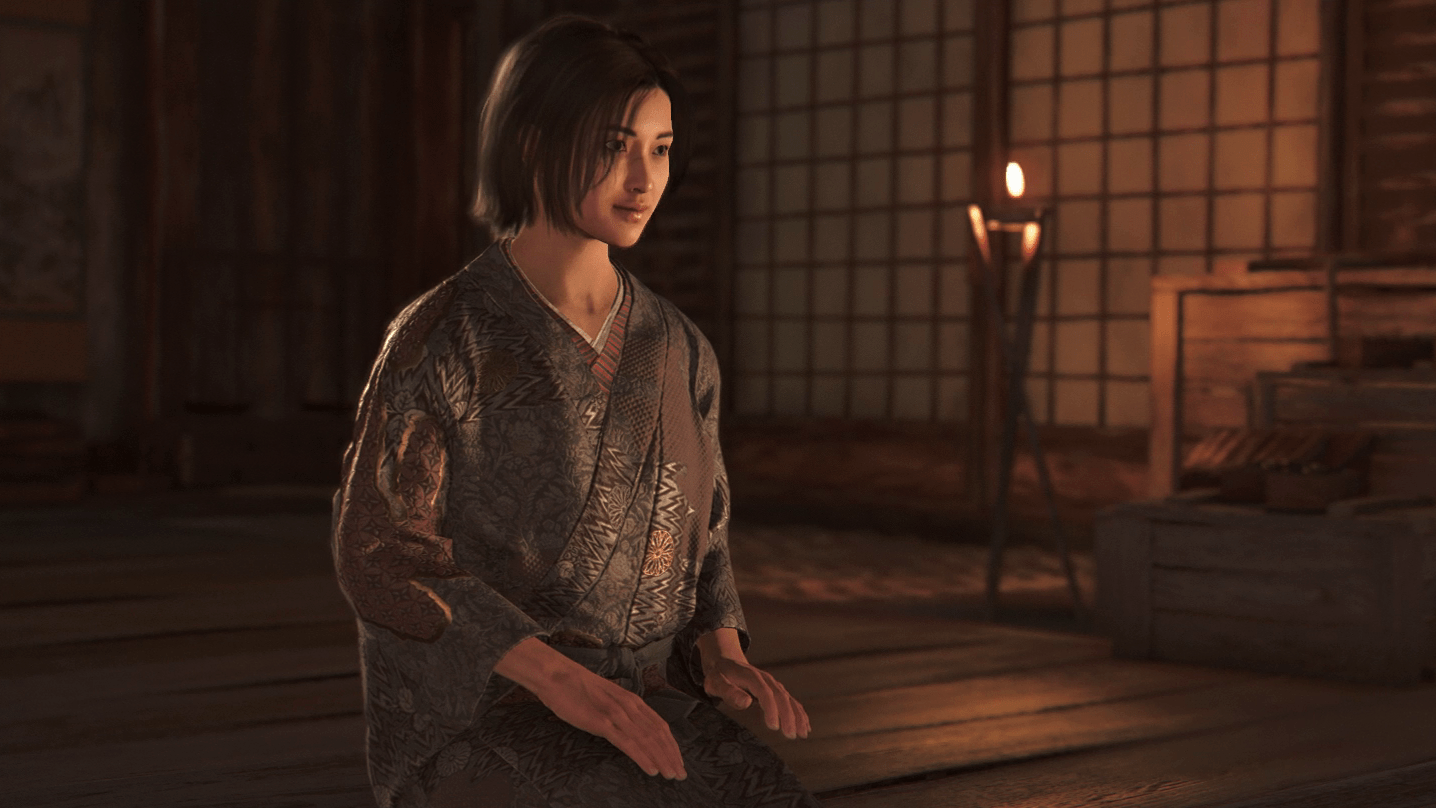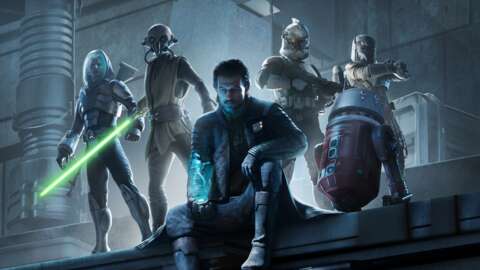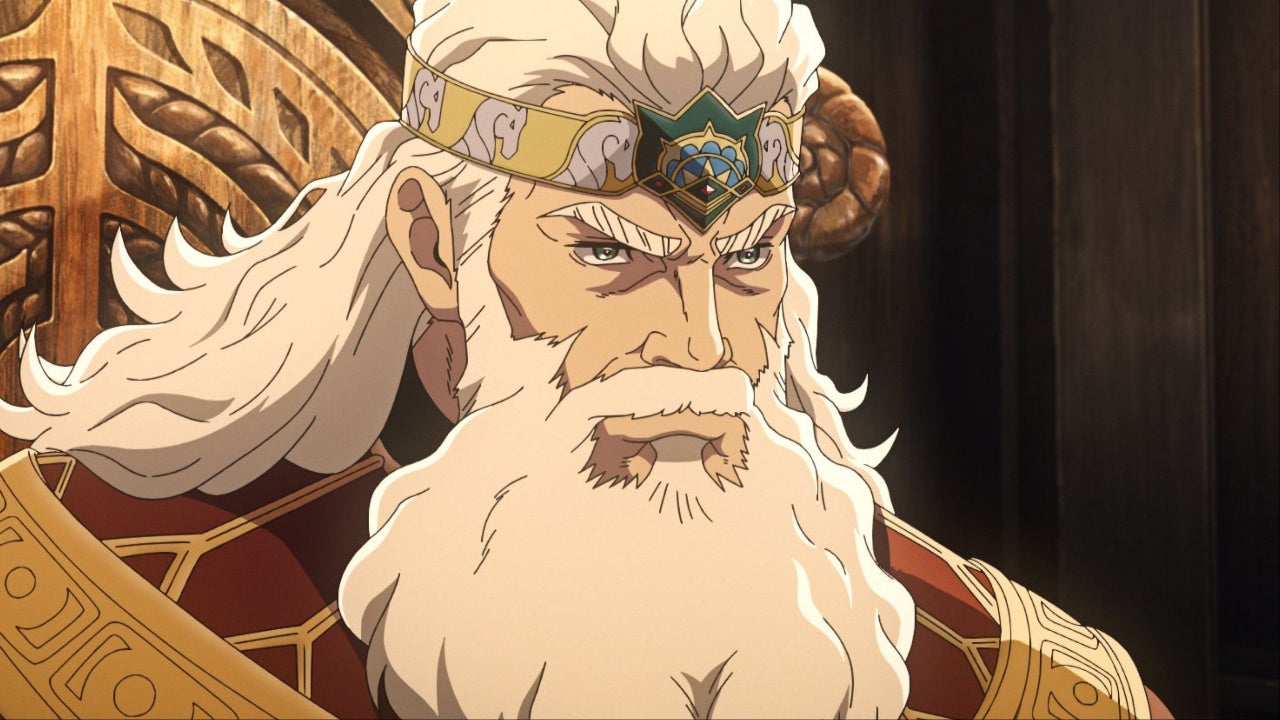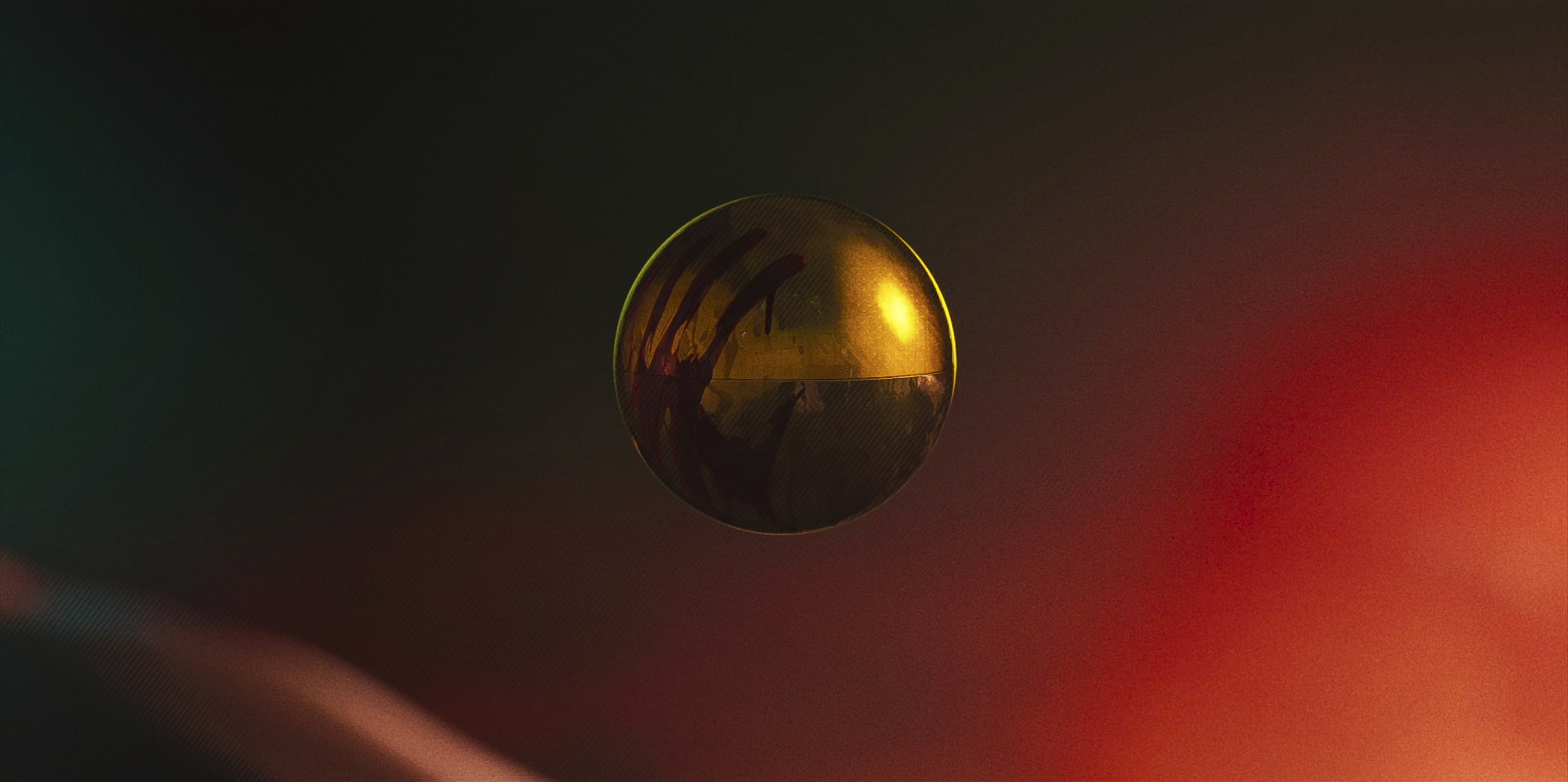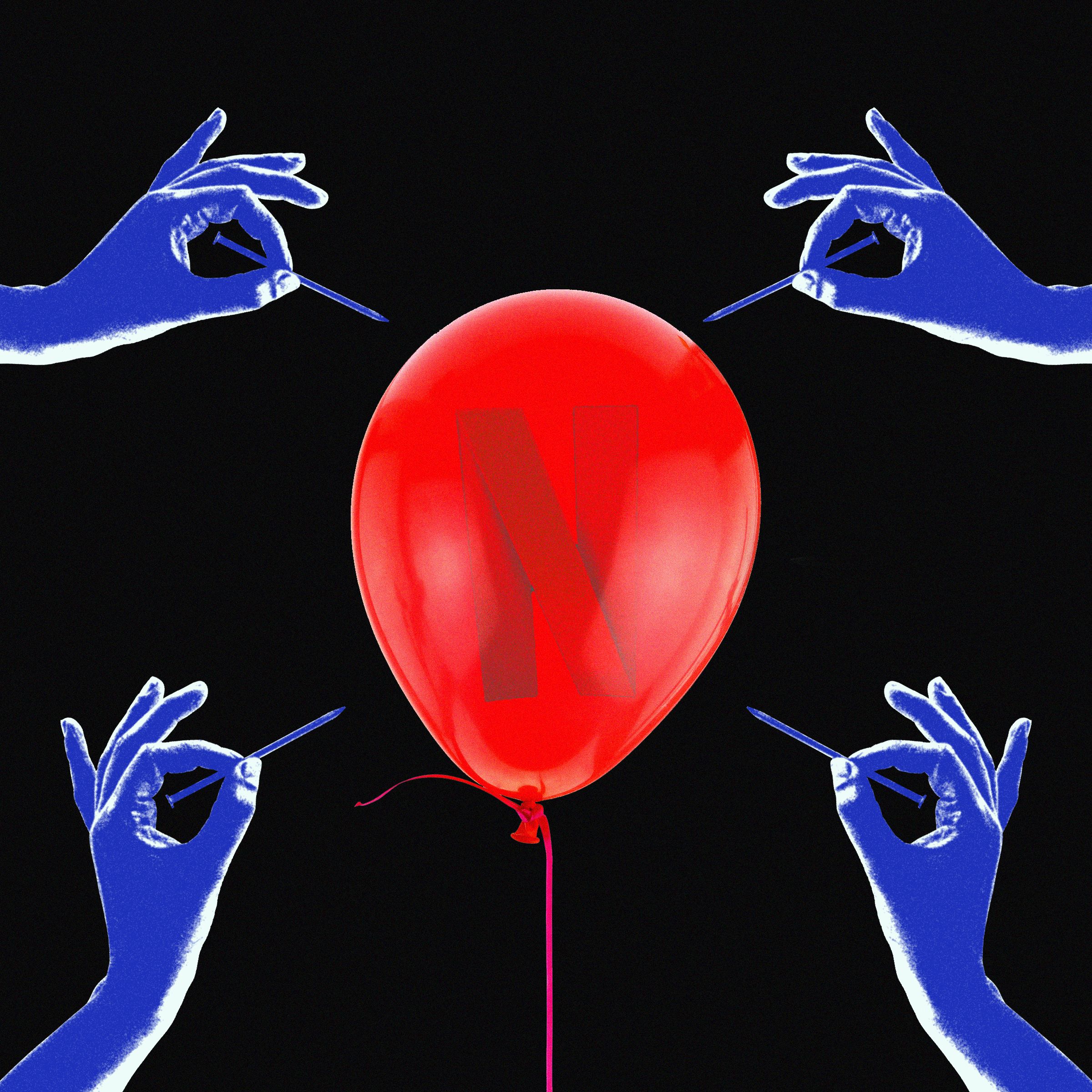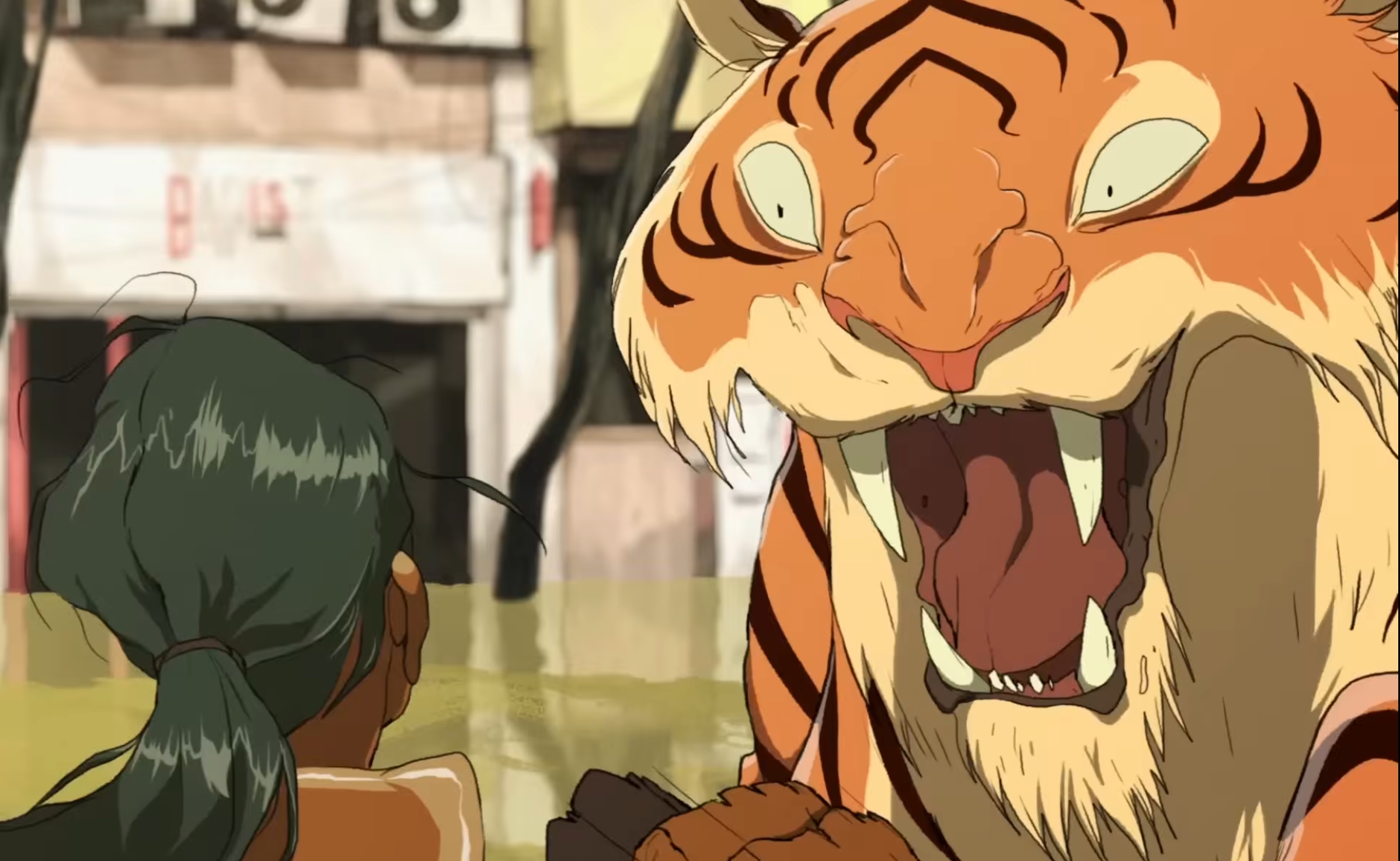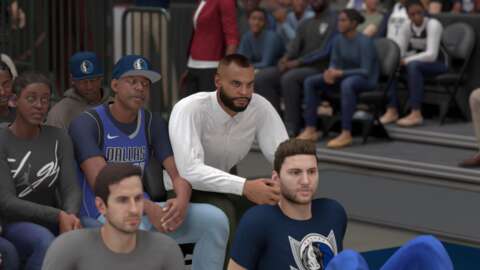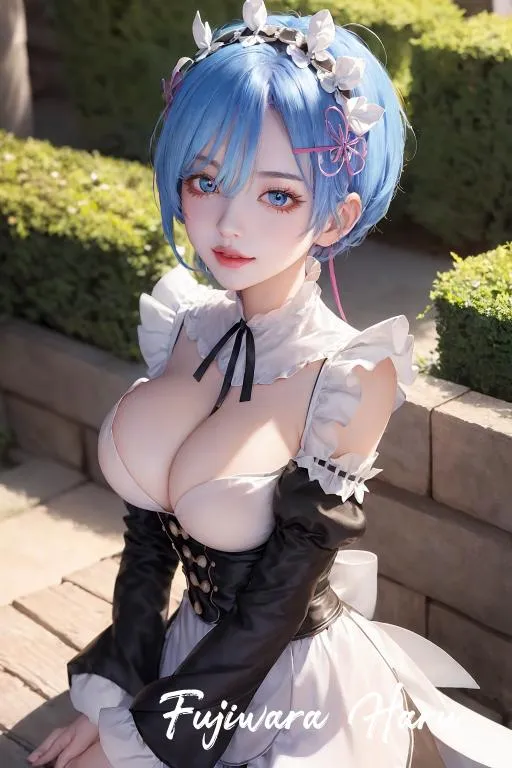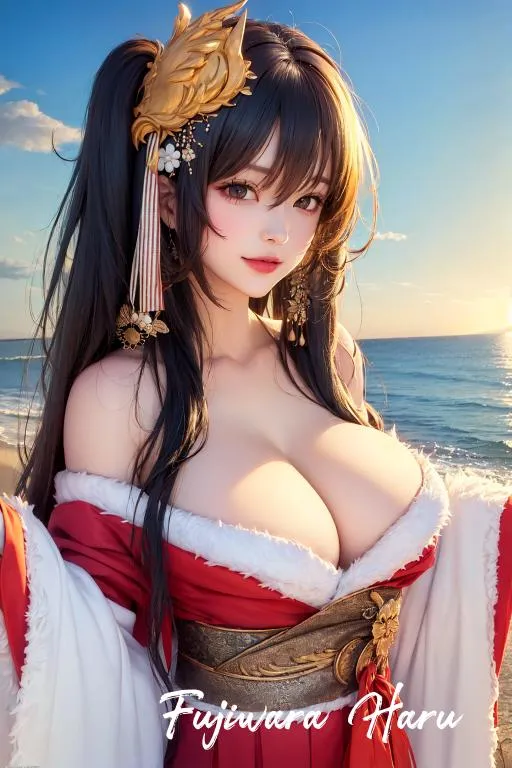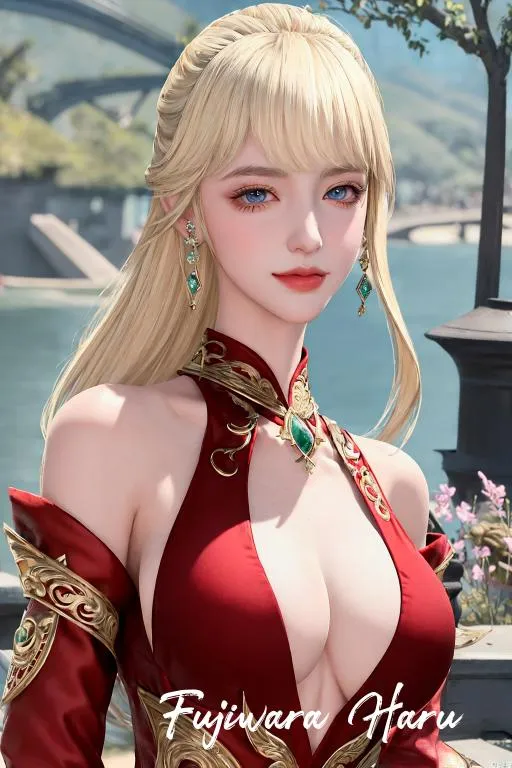
This is a story about fear and anxiety.
It’s also about Taash, the fire-breathing qunari companion in Dragon Age: The Veilguard. When I was playing through the game for my review, they were one of my favorite folks to have along on missions. There are various reasons why and some are just practical: I was playing a mage, so having a warrior on hand for Warrior Stuff™ was useful, but I also enjoyed Taash’s snarky and practical approach to the world. Every time another party member would get lost in their own head about something, Taash’s “That’s vashedan!” would inevitably yank them back out in a fun way.
Taash is also nonbinary, which is one of two axes their character conflict and development rotate around. The other is that they were born in the lands of the Qun, a religious and deeply stratified society, but they were raised in Rivain, a close-enough Mediterranean analog with a sharply contrasting culture. In both respects, Taash is presented to us as a character who feels pulled between opposing poles by these forces in their life. Taash’s mother, Shathann, is an expert in Qun history and a stern and lecturing type who seems to disapprove of everything “nontraditional” her child does, including both not being feminine enough and not following the Qun enough.

My moment of fear about Taash came when I encountered a specific in-game codex entry: Taash Notes: Meeting Shadow Dragons to Talk Gender Stuff. A hefty number of codex entries involving Taash are framed as notes they take on various subjects (including one on how to set traps in the Lighthouse, which I enjoyed). Their notes on gender unlock after a conversation with Neve and Rook about Taash’s discomfort with their gender identity; the implication is that Neve hooked Taash up with trans folks in the Shadow Dragons faction who might have useful information on the subject.
Unfortunately, this codex entry feels both awkward and out of place. Not necessarily harmful — there’s nothing in it that made me go “that’s obviously untrue” or anything of the sort. That said, if this were a Mass Effect game and not a Dragon Age one, it would be extremely easy to paint this codex entry as Taash’s net search history. It has extremely strong “baby queer person googling what ‘queer’ means and writing it down” energy, because that’s basically what it is. Without an in-game internet, Taash has to rely on speaking to actual people; without in-game social media, they get their thoughts out on paper to make sense of them.
Taash’s notes cover everything from what dysphoria is, to struggling with the definition of the term “nonbinary,” to uplifting testimonials from said trans NPCs about what gender means, to the literally stated “Trans woman IS woman.” Speaking from experience, and as someone who was working out their sexuality at a time when the internet was not even remotely as widely available as it is today, these are the kind of notes and scribbles I would have written, it’s true, but in the process they can come across in a very “here’s Taash’s Being Genderqueer 101 blog post” kind of way.
Since Taash’s way of speaking is already relatively informal and “modern-sounding” compared to other party members, that contributes to the feeling that this is just ever so slightly out of place. Critics and fans have argued that “nonbinary,” an already modern term, needed an in-universe equivalent, which I disagree with. Harvey Randall at PC Gamer argues that instead, Veilguard’s writers needed to establish more of how the term was situated in the DA world’s culture and history, and I do think contextualizing “nonbinary” in Thedas culture/language would have helped, but it’s not strictly speaking required.

As I read through the codex entry, I had a pit-of-the-stomach feeling getting bigger with each new word. I wasn’t worried about the anti-woke crowd; one, they would hate this game regardless, and two, who cares what fools think? What worried me was what my fellow queer players would have to say about it, because in my imagination, the possibility of a deeply negative reaction loomed large. That was informed by my own reading, too; because the relevant codex entry had a somewhat “101-level” tone — and was delivered in a codex entry and not through, say, a scene where Taash interacts directly with those trans NPCs about this — made me worried that queer players would feel it didn’t go far enough, or would believe it to be targeted at non-queer players instead.
However, a large part of my anxiousness came from personal experience. In the summer of 2011, I was a postdoctoral researcher at the MIT Game Lab, which was at the time the Singapore-MIT GAMBIT Game Lab. Our partnership with the Singapore Media Development Authority meant that every summer, Singaporean game dev students from our Singaporean sister lab would come to Boston, split into teams alongside local students from MIT, Berklee College of Music, and Rhode Island School of Design, and make games in an intensive eight-week program. Specifically, they would make games that furthered the research of academics working in games, who applied to have their projects chosen.
That summer, one team was making a game for my research. The study sought to understand a team’s process as they built a game with a very broad mandate: “Make a game with a queer-resonant theme.” In game development terms, I was product owner; another lab researcher was our game director. While we did spend time in the room with the team to observe them and provide input and oversight, the game’s creative direction — story, art, sound, gameplay — was in the hands of the students, and it was really their efforts that drove the project.
The result was a game called A Closed World, a short and simple Flash-based RPG. When the game was released, it got good press both internally and externally, with coverage by multiple game publications, including Kotaku, as well as non-games news outlets. In retrospect, I am sure the MIT name opened doors for us that might not open as easily for other queer creators, particularly indie queer creators working on their own. My team was thrilled to see our little game find positive reception in the world, however.

This is not to say we didn’t receive criticisms for missteps or things we overlooked, and of those, many were still the products of intense discussion and debate among the team, or between the team and myself or my colleague who was serving as game director. The game’s story involves escaping from a seemingly haunted forest; at one point, I suggested the ending involve the main character finding a cliffside over clouds and taking a leap of faith to leave their home and start a new life. Members of my team argued, convincingly, that such an ending might read like an attempt at self-harm instead. Discussions of that kind were numerous, and that was about a thing that didn’t make the final cut, let alone what did.
However, some high-profile queer indie devs took serious issue with it, for various reasons. In one of the more striking examples, Anna Anthropy made a parody game called “A Closed Mind,” using a similar visual style but written to suggest our game believed intolerance could be defeated like a JRPG boss. Many of the criticisms we received at the time suggested that it was a waste for MIT to spend money having my team make this game; that we didn’t understand how to make queer games, or understand the issues.
At the time I needed to be diplomatic in my public responses, since I was representing the lab and the university, but in hindsight, things like “A Closed Mind” and accusations that my team didn’t really understand the issues at all feel not only misplaced but extremely petty. For the members of my team who identified as somewhere in the vastness of the queer spectrum, accusations from queer devs that the team wasn’t queer enough, or didn’t understand queer experiences, were deeply hurtful (and to be honest, they hurt me too). It’s one thing to dislike what we did; that’s natural, and putting art in the world means needing to be prepared for people to dislike it. This felt like something else entirely.
That experience is what made me scared for Taash’s and Veilguard‘s reception. Was it going to get the “not queer enough!” label because it had, admittedly, tackled things at a more basic and beginner level than some might like? Would people use things like the “Taash Notes” codex entry to claim that the writer(s) didn’t understand the issues?

Criticism of queerness — or, indeed, a focus on any marginalized identity category — in an artistic work is fraught from the jump. You want to support creators who make attempts to be inclusive, who actively work to bring in these types of characters and themes, but at the same time, it feels so easy for even the most well-intentioned attempt at inclusivity to head somewhat off the rails anyway — something that’s happened to BioWare before. Thus, it’s necessary that such criticism be able to call “queer work” into account for its mistakes too. It’s such a careful line to walk.
The problem is that I think we as both critics and fans have, over the past decade plus, created an environment where creators experience enormous fears about getting it wrong, and producing something that isn’t pitch-perfect on the issues in every way is immediately painted as so harmful or detrimental the work needs to be thrown out entirely. The anxiety is real, but the concrete steps devs can take to address concerns can also lead to positive outcomes. The rise in sensitivity readers, diversity consultants, and other such steps devs can take to head off mistakes before games reach the shelves are an unalloyed good, and they have roots in a similar place.
Are our only two options “getting it right” and “getting it harmfully wrong,” though? Things aren’t, if you’ll excuse the sorta-pun, binary in that way. I don’t necessarily think the presentation of Taash’s gender journey is as artful as it could be, for sure; I think it could have been smoother, more integrated into the setting and into their broader story about choosing who they wish to be (Taash’s big, oft-repeated line is “You don’t get to tell me who I am”). Is it harmful, though? Or just not to some players’ tastes? With each new take and article and blog post I’ve read, I find it harder to justify excoriating the writing team for Veilguard on this one, of accusing them of “getting queerness wrong.” That’s wild, and I am not gonna put myself in the place of people who told my team, back in 2011, that their earnest attempt wasn’t queer enough.

I said this was a story about fear and anxiety, and that’s what it is now, although the pitch I made to Polygon about this story had a very different form at first. The original idea was less about Taash and more about how I felt the approach to “playersexual” companion story and romance designs in Veilguard was a step forward from Dragon Age 2 (spoilers: it is); Taash was more of a footnote in that story. As I wrote it, though, I was getting more and more blocked, and I realized it was because I was cutting and rearranging and rewording and watering down what I was saying in the interest of not upsetting anyone. I didn’t want to criticize too hard and have Trick Weekes (Taash’s primary writer) and the Veilguard team feel I was attacking them unduly, but I was also afraid of drawing backlash from queer readers who felt I was too forgiving or didn’t go hard enough.
I think this is why I have such mounting frustration with accusations I’ve seen from critics and players saying that Taash is just a cardboard stand-in for the writers’ thoughts on gender, or that the writing surrounding it was too “safe” or sanded down or not messy enough. Of course it’s not messy! Queer players and critics have been in comment sections, blogs, and social media posts for years tut-tutting everyone — even other queer devs and indie devs with nowhere near the resources at their disposal! — for not getting things pitch-perfect, for not using the exact right terms, for being messy at all. It’s totally believable this situation is the result. Which do you want? Messiness, or infallible politics? You cannot have both! They are antithetical!
Perhaps being too safe, too “polished,” is indeed the problem when it comes to Taash, or Veilguard‘s handling of gender broadly, but I’d much rather have an earnest and too-safe attempt based on an ethos of trying to do right by us queer players than something actively harmful to the community at large. Too safe is not actively harmful; too safe is “room for improvement.” Too safe is a learning opportunity.
Source:https://www.polygon.com/opinion/493171/taash-dragon-age-the-veilguard-queer-representation